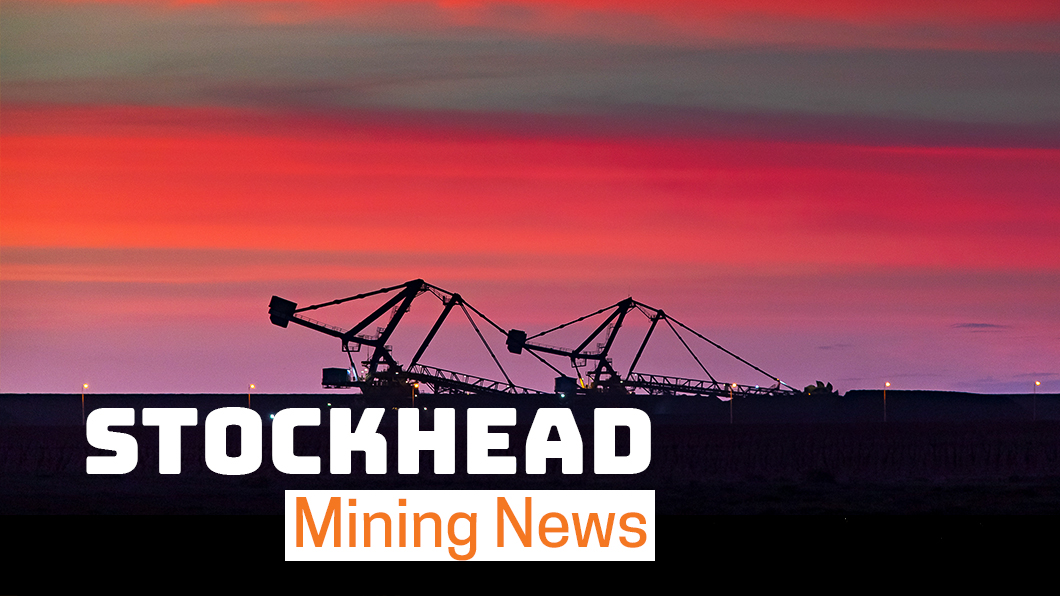All you need to know about the ASX’s newest lithium play, Lithium Energy (ASX:LEL)

Pic: Bloomberg Creative / Bloomberg Creative Photos via Getty Images
When new battery metals aspirant Lithium Energy (ASX:LEL) lists today it won’t have to look far for inspiration.
All it has to do is peek over the fence at its flagship Solaroz project in Argentina’s “lithium triangle”, where $2.1 billion capped Orocobre (ASX: ORE) is producing 42,000 tonnes of lithium carbonate a year.
With Lithium Energy boasting 90 per cent ownership of 12,000 hectares of prospective brine tenements in northwest Argentina, Solaroz is directly adjacent to both Orocobre’s world class Olaroz and North American-listed Lithium Americas’ advanced Cauchari-Olaroz development.
The company’s working theory is that the aquifer being tapped by Orocobre extends to the west under its Solaroz concessions.
They plan to test the concept that the alluvials deposited beneath Solaroz include the deep sand unit of the aquifer from which Orocobre is accessing its lithium rich brine.
Lithium Energy (ASX:LEL) = déjà vu?
If you’ve heard about this project before you’re not suffering from déjà vu. The ASX’s second lithium float in under a month owes its renewal to lithium’s first mainstream charge.
In what may turn out to be a canny move, iron ore miner Strike Resources (ASX: SKR) acquired Solaroz and the Burke Graphite Project in the midst of the lithium bull run a few years ago, diversifying when the iron ore price collapsed.
With the bulk metal’s price soaring to record highs, the focus at Lithium Energy’s parent company is squarely on its iron ore interests in the Pilbara and South America.
Those battery metals projects were pushed into the background amid trying market conditions for lithium plays.
But renewed enthusiasm helped Strike secure $9 million at 20 cents a share in an oversubscribed IPO to spin Solaroz and Burke out into the Lithium Energy vehicle.
On listing it will have a market cap of about $16 million.
A Tale of Two Lithiums
While Australian investors are familiar with the hard rock spodumene projects delivered in their backyards, there are two kinds of lithium developments.
The other kind is the brine method common in South America, which involves the extraction of lithium rich brines from shallow underground aquifers, utilising the power of the sun to gather the final material from evaporation ponds.
Spodumene is fast to market and leverages Australian companies’ expertise in bulk commodity extraction.
But because of their simple processing method, brine developments are considered cheaper to run once operational.
It remains early stage for Lithium Energy, with an environmental assessment completed in 2019, now submitted to the local Jujuy Mining Authority, waiting to be approved.
Once it has the green tick it will run geophysical surveys and a preliminary exploration drilling campaign targeting the areas it believes could bear lithium brines.
The company will be assisted by their joint venture partner, Argentinian lithium entity Hanaq Group, who will be responsible for on-ground exploration activities.
William Johnson, Strike’s managing director and Lithium Energy’s executive chairman, views the simplicity of the brine production process and Solaroz’s high-flying neighbours as major reasons to explore in the postcode.
“We were principally attracted to the lower cost curve for brine operations,” he said. “You pump up the brine and it settles in ponds and the sun does all the hard work.”
Rising market
Investors who piled into nascent lithium producers a few years ago were caught short in 2019 as sliding prices hammered the sector.
The friendly $4 billion merger of Orocobre and Galaxy Resources (ASX: GXY) announced in April is evidence of the rebounding confidence in the sector, and prices so far in 2021 are providing reason for optimism.
At Olaroz, Orocobre enjoyed steady upwards momentum in prices for its downstream lithium carbonate product in the latter half of 2020, before reporting a 54% sprint in the March quarter to $US5853 per tonne.
June quarter prices are set to move higher still to about $US7400/t.
Brokers including Macquarie have turned more positive in recent months on the long-term outlook for the key battery input on the back of bullish EV demand prediction.
The Aussie investment bank thinks lithium prices could push up by 30-100 per cent between 2021 and 2025.
Lithium Energy is the second new lithium IPO to list this month after Pilbara-focused Global Lithium Resources (ASX: GL1) gained 40 per cent on debut a couple weeks ago.
It has since pulled back from initial highs of around 35 cents, but at 27 cents yesterday is still trading at a handsome premium to its 20-cent offer price.
With Strike also aiming to bring its Paulsens East iron ore project into production to capitalise on iron ore prices, Johnson felt the timing was right for Strike to set its lithium assets loose.
“There has been a lot of interest in lithium and graphite in the last six months,” he said, noting neighbour Orocobre’s merger with Galaxy.
“There’s a lot of corporate activity in the space and we’re perfectly placed physically.”
A decent bench
While lithium is undoubtedly the focus, a second battery mineral is also in the Lithium Energy stable in the form of the Burke Graphite Project in Queensland.
Best known historically for its use in pencils, graphite now turns on the same big picture narrative as lithium, with each lithium-ion battery actually containing more graphite than its namesake product.
Burke is distinct from Solaroz in that it already boasts a mineral resource estimate for the company to build on.
Located about 125km north of the mining hub of Cloncurry, Burke is adjacent to Novonix (ASX: NVX) Mount Dromedary Graphite Deposit and houses an inferred resource of 6.3 million tonnes at 16 per cent total graphitic carbon for 1Mt of contained graphite.
At Stockhead, we tell it like it is. While Strike Resources is a Stockhead advertiser, it did not sponsor this article.

UNLOCK INSIGHTS
Discover the untold stories of emerging ASX stocks.
Daily news and expert analysis, it's free to subscribe.
By proceeding, you confirm you understand that we handle personal information in accordance with our Privacy Policy.








